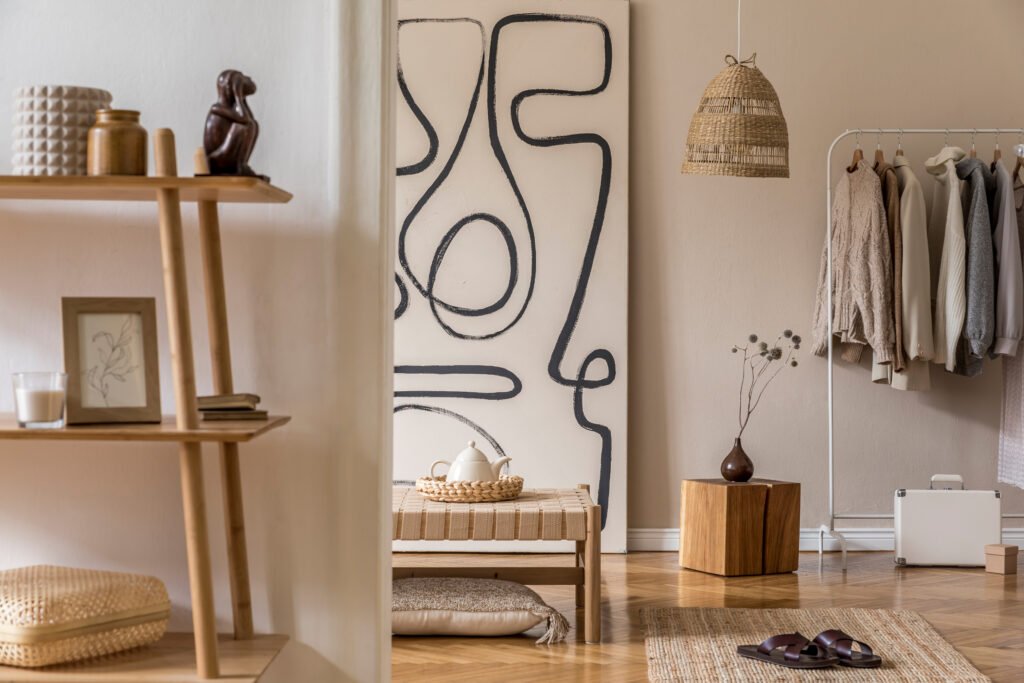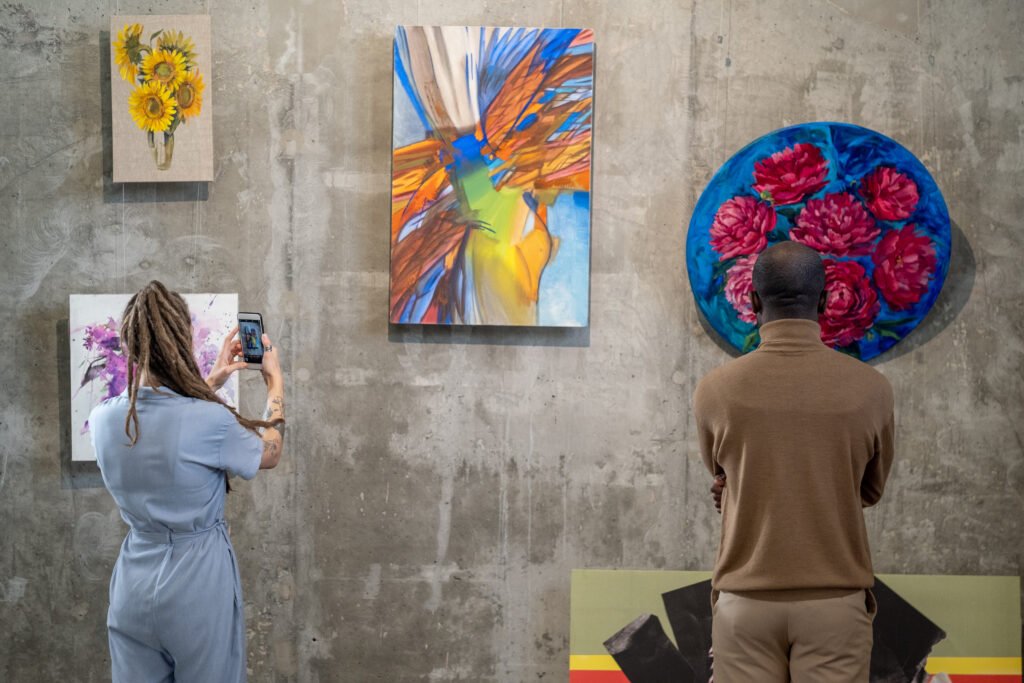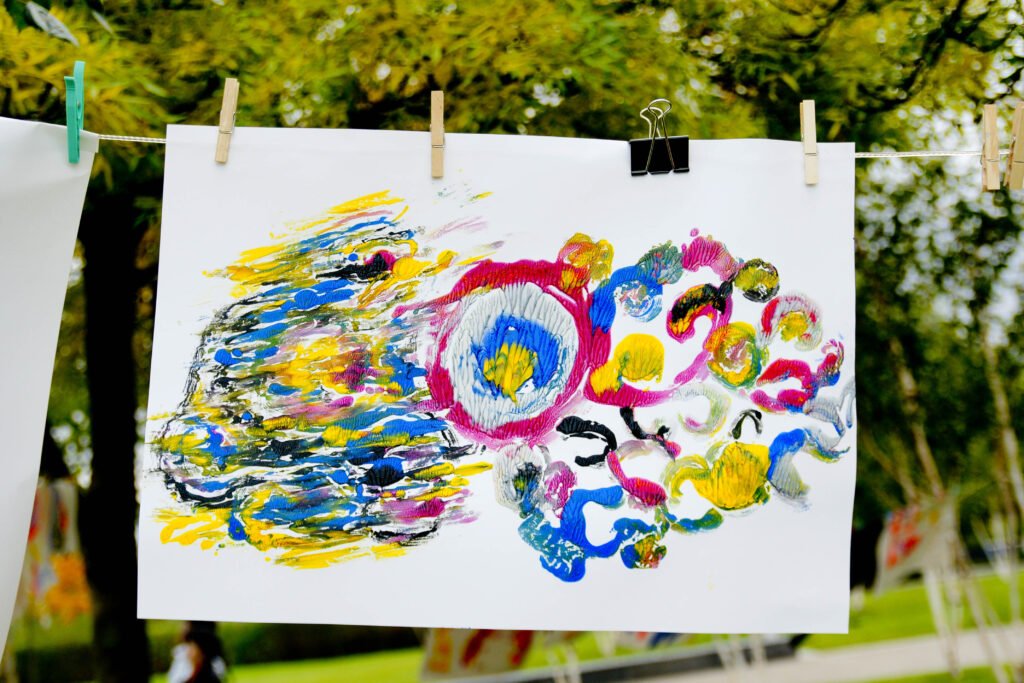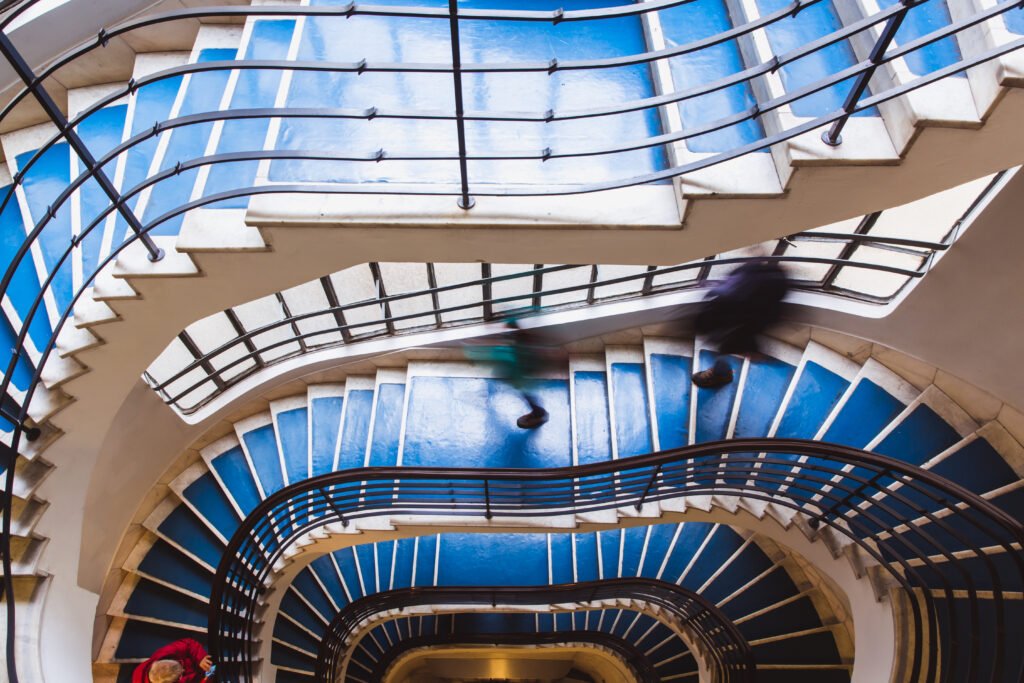Modern decoration values clean lines, functional spaces, and striking visual identity. To achieve this balance, the choice of artistic elements is essential.
In this context, abstract art holds a privileged place, as its colors and shapes bring personality and movement to environments. More than an aesthetic resource, it has the power to transform spaces into unique visual experiences.
Abstract Art as the Essence of Modern Decoration
Abstract art was born as a rupture with traditional representation. Artists such as Wassily Kandinsky and Piet Mondrian sought to create works that spoke directly to the viewer’s sensibility. Kandinsky, in Concerning the Spiritual in Art (1911), argued that shapes and colors could convey pure emotions without the need for figuration.
In modern decoration, this aesthetic freedom becomes a powerful ally. Abstract art paintings can be the focal point in minimalist living rooms or complement environments filled with textures and sophisticated furniture. The contrast between the straight lines of modern design and the fluidity of abstraction creates an intense visual dialogue.
Museums such as New York’s Guggenheim Museum show how abstractionism remains current and inspiring. Bringing works with vibrant colors or striking geometric forms into your home reproduces, on a personal scale, the same aesthetic strength found in major art institutions.
How to Integrate Abstract Colors and Shapes into Decoration
One of the greatest advantages of decorating with abstract art is its versatility. Colors and forms follow no fixed rules, allowing adaptation to any type of space. A painting in earthy tones can create coziness in living rooms, while multicolored compositions become protagonists in neutral environments.

Art historian Giulio Carlo Argan, in Modern Art (1992), highlights that abstractionism broke with the idea that art should “reproduce” the world. This liberating vision translates into decoration: each abstract work becomes an invitation to personal interpretation.
Furthermore, the arrangement of pieces is fundamental. Hanging paintings of different sizes together creates rhythm, while a single large canvas can become the central piece of the environment. The main rule is to harmonize colors and shapes with the aesthetic proposal of the space.
Another option is to invest in abstract sculptures or prints that engage with modern furniture. In this case, art is no longer confined to the wall but occupies physical space as an interactive element of the home.
Buying Abstract Art: Style and Investment
For those seeking exclusivity, buying abstract art is also an investment in a work that transcends mere decoration. By acquiring a painting, the buyer connects with contemporary cultural production while also valuing an asset that tends to grow stronger over time.
The book Abstract Art (2001), by Dietmar Elger, reinforces that the strength of abstract art lies in its openness to interpretation. This means the work never exhausts itself: each visitor may see something new in it. This makes it ideal for living rooms and offices, as it fosters dialogue and reflection.
Today it is possible to buy abstract art paintings in galleries, fairs, or online platforms, which democratize access to the market. This accessibility brings beginner collectors closer to emerging artists, expanding the reach of art and giving new voices to abstractionism.
By choosing decorating with abstract art, homeowners not only transform their space but also actively participate in the continuity of an artistic movement that marked the 20th century and continues to expand in the 21st century.



